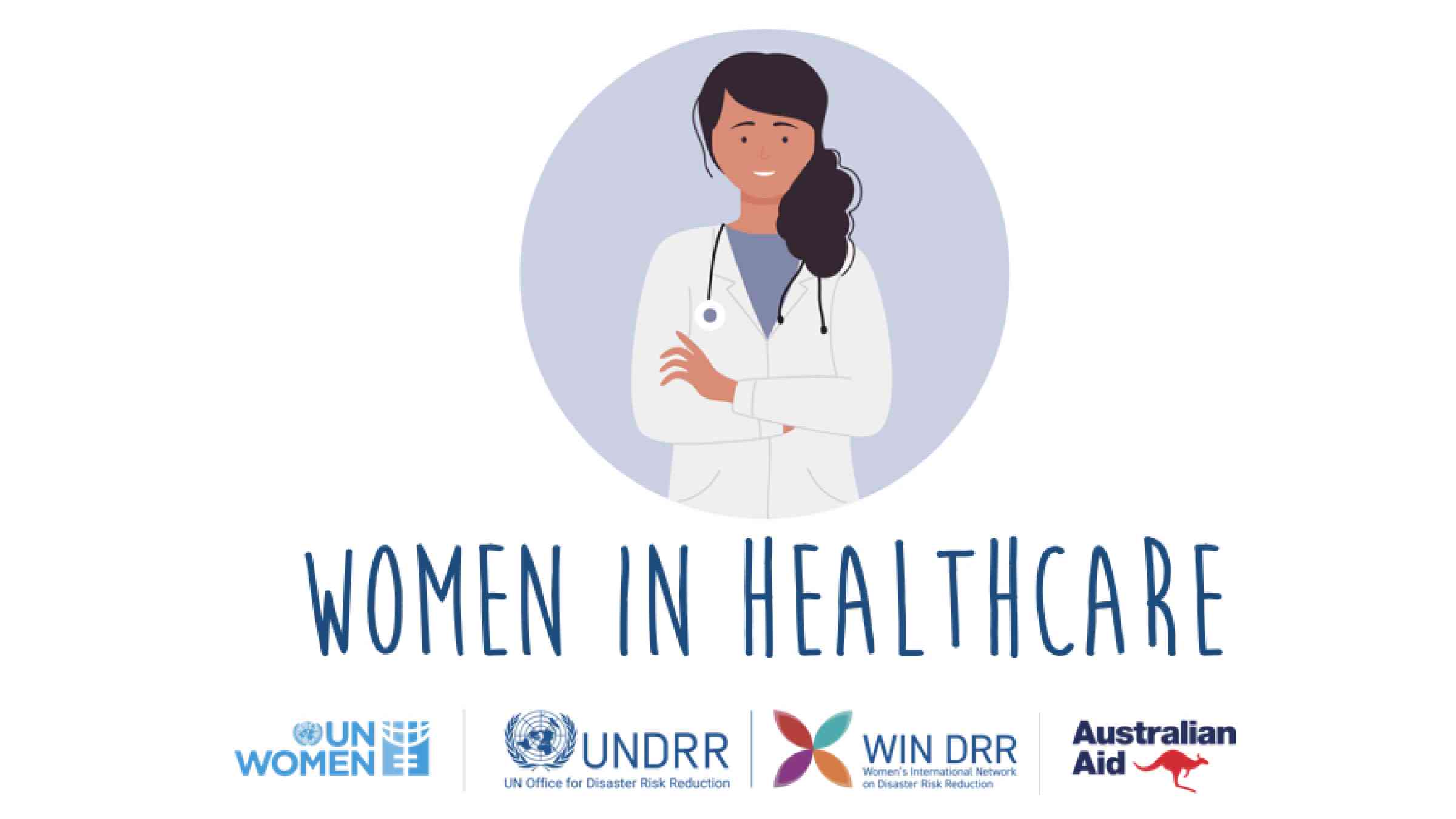A Comprehensive Guide on How Healthcare RCM Functions to Enhance Payment and Collections
Navigating the intricacies of healthcare profits cycle administration (RCM) is essential for service providers aiming to improve their billing and collections procedures. The guide unboxes the intricacies of RCM, from person registration to receivables monitoring, offering understandings right into enhancing each step. Incorporating advanced innovation and standard procedures can considerably lower claim denials and accelerate settlement cycles. Yet, truth difficulty lies in seamlessly combining these components to improve capital. As we explore the core elements and techniques that drive effectiveness, one concern continues to be: just how can health care entities finest position themselves to grow economically in an ever-evolving market?
Recognizing Earnings Cycle Monitoring
Grasping the ins and outs of Profits Cycle Monitoring (RCM) is vital for health care organizations aiming to optimize their economic efficiency. RCM is a vital administrative feature that encompasses the entire economic procedure of individual care, from the initial appointment setting to the final settlement of the equilibrium. It is a complicated treatment designed to recognize, accumulate, and handle the profits from the solutions offered to patients. Effective RCM ensures that healthcare suppliers receive timely and precise repayments, lessening the threat of revenue loss and improving capital.
The RCM process begins when a patient schedules an appointment and prolongs with the patient's treatment trip, consisting of payment and collections. A vital goal is to decrease the time between supplying a solution and obtaining settlement, hence boosting the company's economic health. RCM involves various functions such as client registration, insurance policy confirmation, cost capture, coding, declares entry, settlement posting, and handling denials and charms.
Key Elements of RCM
In the realm of Income Cycle Monitoring (RCM), understanding its key elements is basic to achieving economic efficiency within health care organizations. RCM is a comprehensive procedure that includes different stages, each important to making certain efficient invoicing and collections. The main components include client enrollment, insurance confirmation, fee capture, coding, claim submission, repayment posting, and balance due administration.


As soon as coded, insurance claims are sent to payers, where precision is extremely important to prevent delays or beings rejected - Healthcare RCM. Settlement publishing entails taping the received payments, which enables the settlement of accounts. Lastly, balance dues management concentrates on tracking and addressing overdue cases, ensuring prompt follow-up and resolution
Each component of RCM is adjoined, and ineffectiveness in any kind of component can interrupt the entire cycle. Consequently, understanding these elements is vital for doctor to enhance profits and enhance their monetary wellness.
Techniques for Reliable Invoicing

Standardizing payment treatments throughout the company is an additional key strategy. Establishing clear standards for documentation, coding, and submission aids preserve consistency and conformity with regulatory needs. Educating personnel frequently on these treatments ensures everyone is updated with the most recent modifications in payment codes and payer policies.
Exact charge capture is important in avoiding profits leakage. Implementing routine audits and tracking systems enables the recognition and adjustment of discrepancies prior to they affect profits. In addition, preserving open lines of interaction with payers aids to rapidly fix any disputes or misconceptions that may occur.

Lastly, interesting individuals early in the invoicing procedure by supplying clear price quotes and academic materials regarding their financial responsibilities can considerably decrease complication and enhance repayment timeliness. These strategies collectively add to an extra effective and financially healthy invoicing system.
Enhancing Collections Procedures
Given the complexities of clinical billing and the variety of payer needs, improving the collections procedure involves implementing strategic actions that make sure accurate and prompt payment of services rendered. Automation tools can aid in tracking claim statuses, sending out timely reminders to patients, and handling rejections a lot more efficiently.
Educating personnel to comprehend the nuances of insurance coverage policies and billing codes is just as necessary. This knowledge encourages them to deal with payment disparities rapidly and communicate successfully with patients regarding their monetary obligations. In addition, clear and clear individual interactions are critical. Supplying comprehensive descriptions of fees and providing look at this site flexible layaway plan can increase individual complete satisfaction and punctual repayments.
Routine audits of the collections procedure must be carried out to identify locations for enhancement and make certain compliance with regulations. By assessing data, healthcare organizations can identify fads, anticipate possible issues, and adjust methods as necessary (Healthcare RCM). Inevitably, a well-enhanced collections procedure not only sustains economic health yet additionally adds to an extra smooth experience for people and staff alike
Optimizing Earnings Streams
Building upon the structure of a strong collections procedure, healthcare companies can further reinforce their financial stability by tactically maximizing profits streams. This includes a multi-faceted approach, starting with an extensive analysis of existing profits sources to identify inefficiencies and areas for growth. Using advanced information analytics tools makes it possible for organizations to get insights into payer mix, patient demographics, and service use patterns, allowing for data-driven decisions that improve revenue capture.
Carrying out automated billing systems can significantly minimize mistakes and accelerate cases refining, making certain that earnings is gathered extra effectively. Moreover, enhancing payer agreements via routine settlements can boost repayment prices and terms, directly influencing the bottom line. Diversifying service offerings, such as integrating telehealth or health care, can also bring in a wider client base, thus raising revenue potential.
One more important component is improving individual engagement and fulfillment, as satisfied individuals are most likely to abide by therapy plans and make timely repayments. Providing versatile payment alternatives and transparent invoicing techniques can improve collections and foster individual commitment. Healthcare RCM. By embracing these methods, medical care organizations can create a more resistant economic structure, making sure continual development and security in an ever-changing sector landscape
Final Thought
In verdict, medical care Earnings Cycle Administration (RCM) plays an important function in optimizing billing and collections site here processes by integrating vital parts such as patient enrollment, insurance policy confirmation, fee capture, coding, declares submission, and balance due administration. By employing advanced technology, systematizing procedures, and promoting person engagement, doctor can considerably decrease insurance claim rejections, speed up repayment cycles, and enhance capital. This detailed strategy to RCM eventually leads to enhanced monetary performance and sustainability for medical care companies.
The RCM procedure starts when a patient timetables an appointment and expands via the person's treatment trip, consisting of billing and collections.An additional important element is enhancing person interaction and satisfaction, as completely satisfied clients are more likely to adhere to treatment strategies and make prompt settlements. Supplying adaptable settlement options and clear billing techniques browse around these guys can boost collections and foster person loyalty.In conclusion, healthcare Earnings Cycle Monitoring (RCM) plays a vital role in maximizing payment and collections procedures by integrating vital components such as individual registration, insurance coverage verification, fee capture, coding, asserts submission, and accounts receivable management. By using innovative modern technology, standardizing treatments, and promoting individual interaction, medical care carriers can significantly decrease case rejections, speed up settlement cycles, and improve cash money flow.